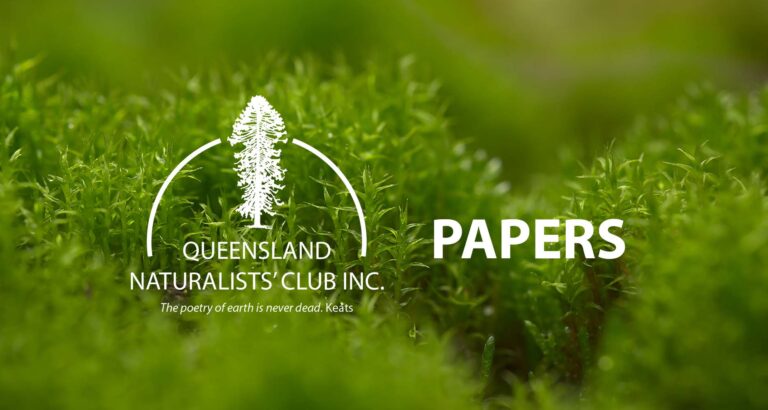
The curious relationship between the cadaghi tree and native stingless bees
Tim Heard
This article is extracted from Tim Heard’s upcoming book on Australian Native Bees
Stingless bee keepers in Australia are daily reminded of the intimate relationship between their bees and a eucalypt tree called cadaghi or Corymbia torelliana. From a distance, seedlings of this tree are often seen germinating below the hive entrance. Close up, red objects about 2.5 mm in diameter, the seeds of the cadaghi, are often seen around the entrance. Massive numbers of seeds appear at the entrance in December to February when fruit (gumnuts) of this tree are mature. Inside the hive, lots of seeds are also seen usually in combination with a resin that resembles mozzarella cheese in colour and stringiness. What on earth is going on?

Seedlings of the cadagi tree below the entrance of T. carbonaria hive, Image: Tim Heard

Seeds of the cadagi tree around the entrance of T. carbonaria hive, Image: Tim Heard
Careful work by Helen Wallace revealed the mystery. Helen first identified the seeds as belonging to Corymbia torelliana. She then found the trees and opened the gumnuts (hard hollow fruits) when mature. She saw resin glands producing sticky droplets inside. She observed that stingless bees were attracted to the resin, they entered the gumnuts to collect it and in the process many got seeds stuck on their body. They then flew to their nests. But the weight of a seed (about half that of the bee itself) is such that they struggle to carry it. So before, during and after the flight they try to remove the seeds, dispersing them as they go. A mutually beneficial relationship has evolved between the bees and the trees. The bees provide long distance dispersal of seeds and are rewarded with a viable source of nest-building resin.

cadaghi fruit section

A cadaghi fruit (gumnut) opened to show seeds and resin droplets inside (Image: Helen Wallace).

A T. carbonaria bee with a seed of the cadagi stuck to its leg inside (Image: Helen Wallace).
The cadaghi resin collecting season typically lasts 2-3 months starting with fruiting in December and ending when the bees have removed the resin from the fruits. Only a small proportion of the foraging bees will be returning with resin and only a few of these will also be carrying a seed. These figures are variable; occasionally in the peak season of cadaghi fruiting, a larger proportion of the bees will be collecting resin. The bee stockpile the resin in the hive to later combine with wax to make propolis for nest building. The seeds can be incorporated into the nest structures but many are also removed and dumped outside. In the case of T. carbonaria, the seeds are deposited on the outside of the entrance and remain there. T. hockingsi removes the seeds well away from the entrance and does not allow them to accumulate there.
Even Austroplebeia stingless bees, which normally do not collect or use much propolis in the nest, collect the resin of cadaghi, note the red cadagi seeds in this A. australis nest. Image Tim Heard
The resin of cadaghi has been the subject of much discussion and angst. Although native to Far North Qld, this tree has been planted as far south as Newcastle in NSW. It is abundant in many areas where stingless bees are kept and certainly the resin of this plant can accumulate in large deposits in the hive. Many stingless bee keepers warn about the dangers of this resin to the health of the hive. Some claim that the resin melts in hot weather leading to blocking of the entrance and collapse of nest structures. Others believe that poisonous fumes are released.

cadaghi resin in hive
Seeds and resin of the cadagi tree inside a T. carbonaria hive, it appears the bees have used this material to close a gap, Image: Tim Heard
I now doubt that cadaghi is a serious threat to hives of stingless bees. Claims about resin melting do not seem to stand up to scrutiny. Giorgio Venturieri placed some cadagi hive structures in a container with adults of the stingless bee T. carbonaria. He placed it in a controlled temperature cabinet and slowly increased the temperature. At around 44°C, the bees died but the resin was still firm and showing no sign of collapse. At higher temperatures the resin melted. Note that the bees died before the resin melted. Beekeepers who open a hive after it has died observe dead bees and melted cadaghi resin. They attribute the death to the resin, but it appears the heat may be a primary reason the colony died and the resin melted later. There also does not seem to be any evidence that the fumes of this resin harms colonies of stingless bees.
Whether or not this plant poses is threat to hive, it is certainly another fascinating aspect of the biology of these bees.
